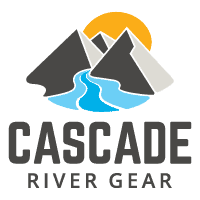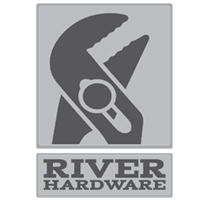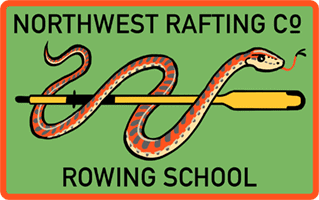Pro Tip: Planning And Packing For A Fishing Trip Pt. 1
You and you friends are planning a rafting trip. You’ve decided that you’d like to fish on your trip – awesome! What now? Are the fishing regulations? I wonder what kind of fish live there? Are they resident or migratory? When will I have time to fish? What gear will I need? What types of flies do you expect them to take?
I sat down with my friend Jesse Robbins at Sage Fly Fishing to answer some questions you may have about your next fishing trip.
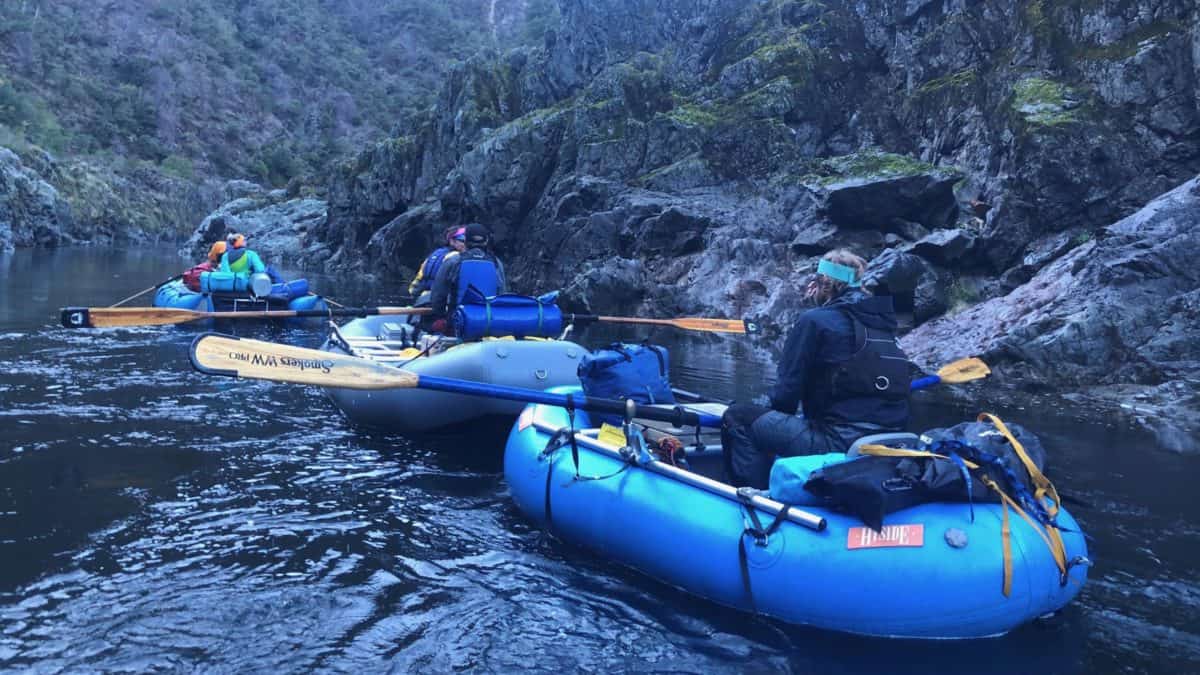
Small Rafts Set Up For Fishing
Research Time
There are many places to find this information, but I’d start with the following:
- Local fly shop – find a fly shop that’s nearby and pay them a visit or give them a call. Tell them about the trip you’re going on and tell them that you’d like to fish while on the trip. They should have a ton of information about the fishery, a recent fishing report, and will be able to recommend flies to fish while on the trip as well as techniques, leader, and tippet sizes, etc. If you’re able, buy a few flies from them! You might also be able to get your fishing license from the fly shop.
- Local outfitter – ask an outfitter or guide what they know about the fishing on the river you’re floating. While they may not be fishing guides, they are river guides, so they are full of helpful knowledge.
- The internet – a quick online search should direct you to some resources with helpful information. I recommend keeping the internet research to high level topics like which species are in the river, and what license(s) you need. I’d try to stick to verified sources, namely National and State departments, fly shops and guides/outfitter’s websites. Save your detailed questions for personal conversations with knowledgeable, experienced sources.
Regulations
Know the regulations on the river, even if you’re planning to release all the fish you catch. Some waters limit the number of flies you can use at one time or prohibit using weighted flies or split shot on your leaders. Regarding fish harvest, I always recommend releasing any native fish with as little harm as possible (more on that later). That said, a fishing license does grant you the right to harvest fish, so long as you honor the specific regulations. So, if you’re planning to harvest fish, be aware of the restrictions for size and quantity of fish. Also note that in special circumstances, it may be suggested or even required to keep certain fish. Again, read the regulations before you go.
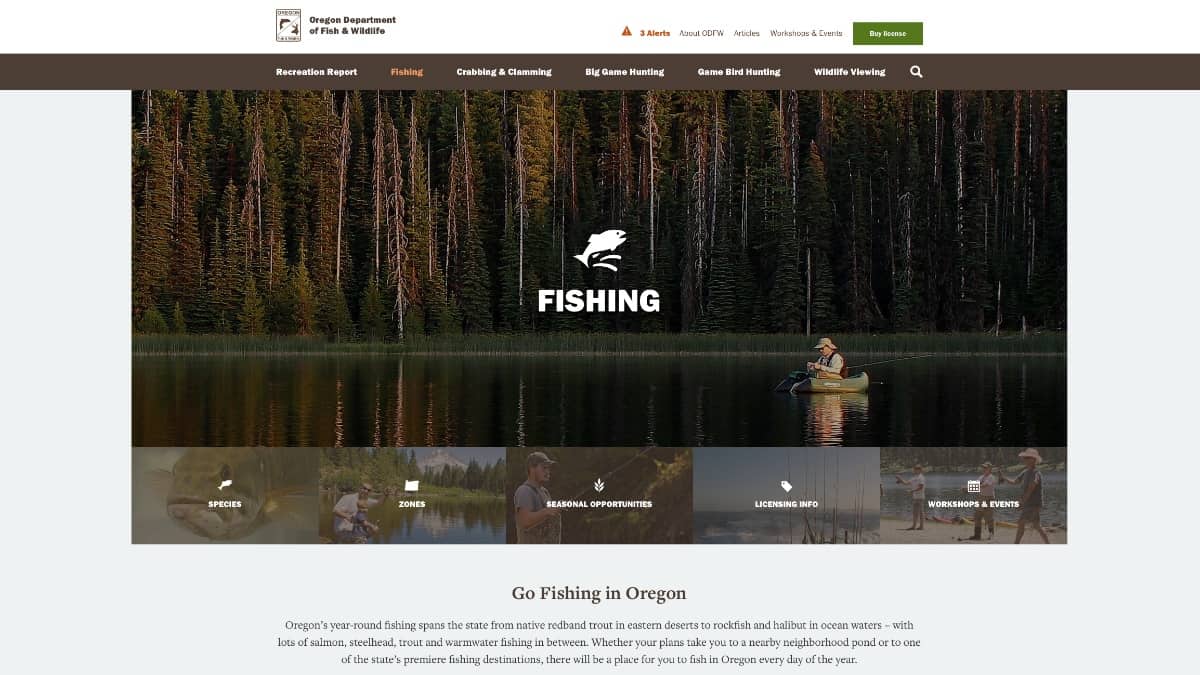
The ODFW website answers all of your questions for fishing regulations in the state of Oregon.
Be sure to get the appropriate fishing license before your trip. Most often this is a simple state freshwater fishing license, but depending on the stretch of river or time of year, you may need additional endorsements or add-ons to the basic license. Do your research!
When To Fish?
As soon as you float away from the put-in, you’ll see water that you’d like to fish. But keep in mind, you’ll need to cover river miles to stay on schedule and get to the camps you want. So let’s chat about when to fish and how fishing fits into the routine of a multi-day river trip.
Without disrupting the overarching plan of how many days and nights you intend to be on the river, the best way to include fishing in your river trip is when the group as a whole has stopped floating. That happens at several times – when you camp, stopping for lunch, or perhaps stopping during the day for a break or hike. If you want to integrate fishing into the river trip, these are the best times because the schedule doesn’t have to change to accommodate the angling.
Generally speaking, mornings and evenings are great times to fish. So, when you’ve stopped to camp and you’re free of cooking or setup duties, that’s the perfect window. This might require getting up early or maybe missing out on some campfire conversation, but these low-light, low-temperature situations are usually the best for fishing.
Depending on the weather, when you stop for lunch may be good or if the group stops for an afternoon hike, that may be productive as well. High, bright sun usually results in challenging fishing, but you never know!
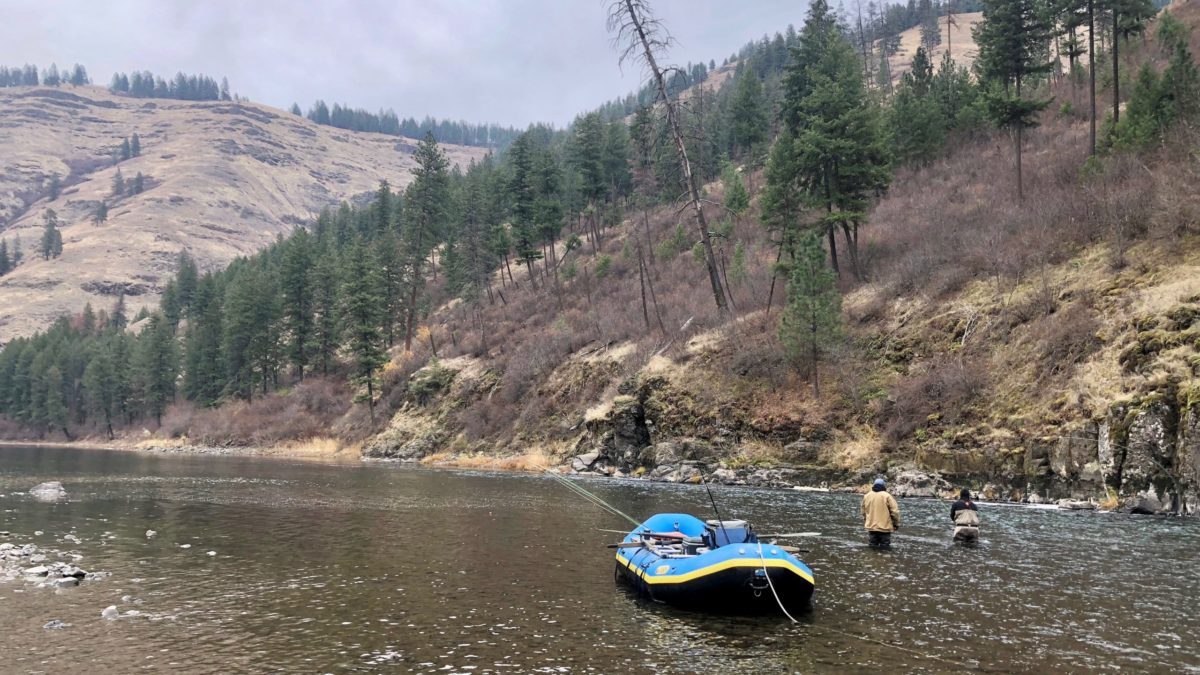
Fish while the entire group is stopped
It’s also possible to fish while on the water and moving downstream. But, be sure to communicate with the group when deciding to do this. To effectively fish the water, you’ll want to be moving at or slower than the speed of the current. You will be floating downstream much slower than others. This can be solved by arranging with the group to hold back while they continue ahead. You can also push ahead a ways and they catch up while you’re fishing. If there’s another angler on another boat, the two fishing boats can stay together. Or maybe another boat is willing to stay behind with your boat while you fish.
Another way to get in some fishing on the boat is to coordinate with the group a dedicated fishing day. This might mean that you cover half the distance of the other days, or maybe the fishing boat(s) leave camp much earlier than the others. The key is to communicate with the group that you’d like to fish and in effect, that’s going to chance the pace that you float.
Knowing the river, or floating with someone who does, will be extremely helpful when it comes to fishing. You’re not going to want to try and fish through successive, technical rapids and similarly. Long pools during a hot summer day might be be the best either. So if you do want to dedicate a day to fishing from the boat, planning ahead will be key.
Check back next week for some suggestions on gear!

